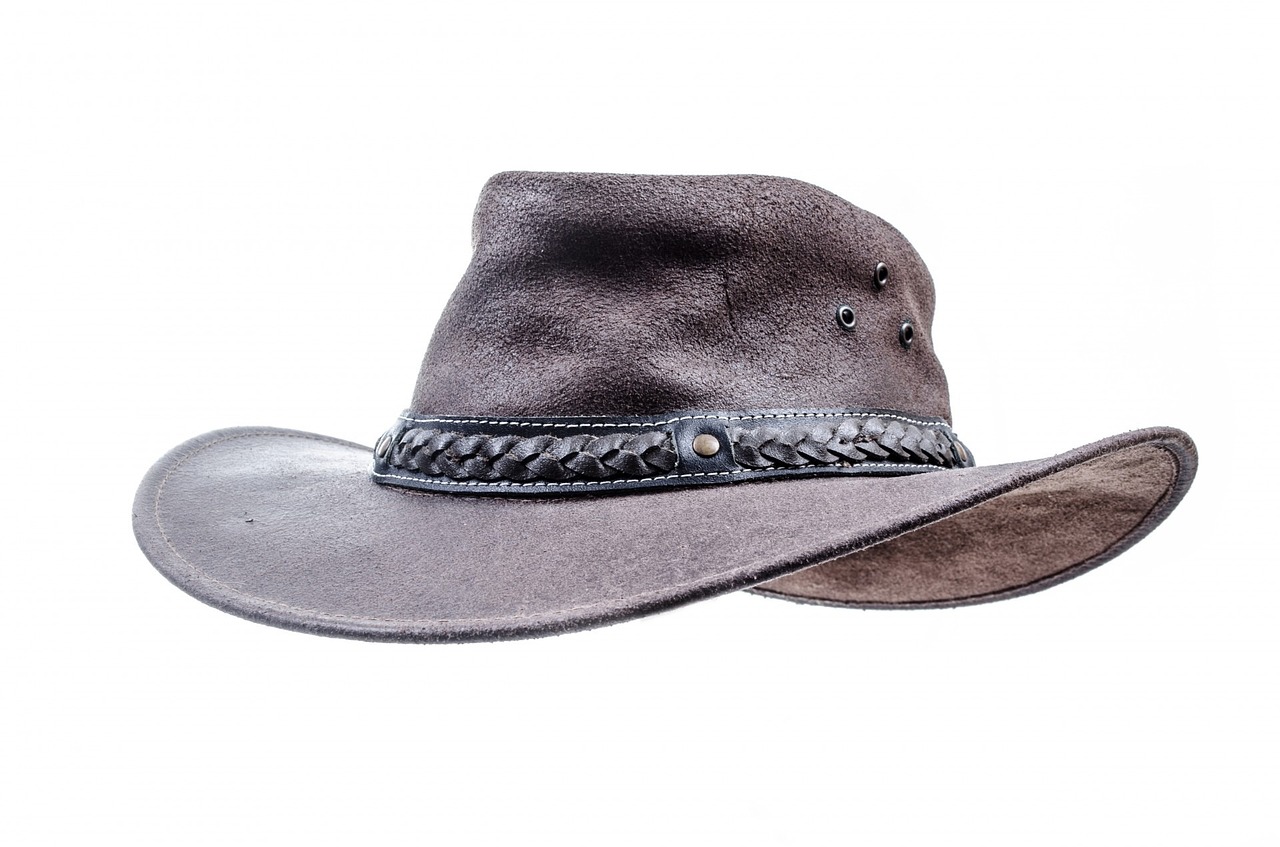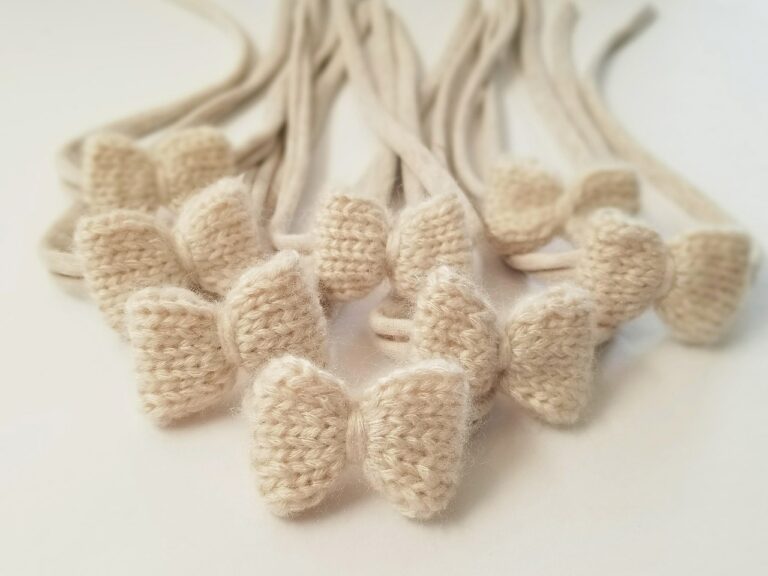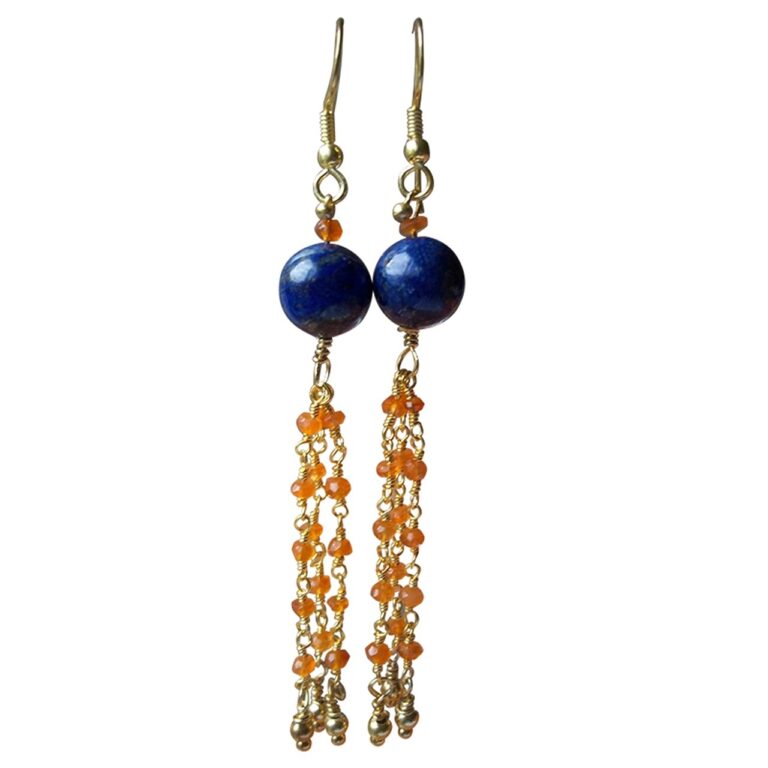Inclusive Fashion: Designing Clothing for People of All Abilities
Inclusive fashion is a growing trend in the fashion industry that focuses on designing clothing for people of all abilities. It is about creating clothing that is accessible and accommodating for individuals with disabilities, chronic illnesses, and other physical or mental conditions. Inclusive fashion strives to break down barriers and promote diversity, inclusion, and equality in the fashion world. In this article, we will explore the importance of inclusive fashion, the challenges faced by people with disabilities when it comes to clothing, and how designers are working to create more inclusive clothing options.
The Importance of Inclusive Fashion
One of the key reasons why inclusive fashion is so important is because clothing is a basic human need. Everyone deserves to have access to clothing that fits well, feels comfortable, and allows them to express their individual style. Unfortunately, many people with disabilities face barriers when it comes to finding clothing that meets their needs. Traditional clothing designs often do not take into account the diverse range of body types, mobility issues, sensory sensitivities, and other factors that can affect how someone interacts with clothing.
Challenges Faced by People with Disabilities
People with disabilities face a number of challenges when it comes to clothing, including:
1. Limited Options
Many clothing brands do not offer adaptive clothing options for people with disabilities, making it difficult for them to find clothing that fits well and meets their needs.
2. Lack of Accessibility
Physical stores may not be accessible to people with mobility issues, and online shopping experiences may not be user-friendly for individuals with visual impairments or cognitive disabilities.
3. Sensory Sensitivities
Some individuals may have sensory sensitivities that make it uncomfortable for them to wear certain fabrics, textures, or tags in clothing.
4. Functional Design
Many traditional clothing designs do not take into account the need for adaptive features, such as easy closures, adjustable waistbands, or seamless construction.
Designing Clothing for People of All Abilities
Designers are increasingly recognizing the importance of creating clothing that is inclusive and accessible for people of all abilities. They are incorporating adaptive features into their designs, such as:
1. Velcro Closures
Velcro closures are a great option for individuals who have difficulty using buttons or zippers. They are easy to fasten and unfasten, making dressing a simpler and more independent task.
2. Magnetic Closures
Magnetic closures are another great option for individuals who have limited dexterity or strength in their hands. They are easy to align and fasten, without the need for fine motor skills.
3. Adjustable Waistbands
Adjustable waistbands are helpful for individuals who may fluctuate in weight or have a feeding tube. They can be easily tightened or loosened to provide a comfortable and secure fit.
4. Seamless Construction
Seamless construction is essential for individuals who may have sensory sensitivities or skin conditions. It helps to reduce irritation and discomfort, while still providing a stylish and functional design.
5. Adaptive Footwear
Adaptive footwear is designed with features such as easy closures, extra room for orthotics, and non-slip soles. This type of footwear is essential for individuals with mobility issues or foot conditions.
6. Inclusive Sizing
Inclusive sizing is a key aspect of designing clothing for people of all abilities. It means offering a wide range of sizes to accommodate diverse body types, including plus sizes and petite sizes.
Conclusion
Inclusive fashion is about more than just creating stylish clothing it is about promoting diversity, inclusivity, and equality in the fashion industry. By designing clothing that is accessible and accommodating for people of all abilities, designers can help to break down barriers and create a more inclusive world. It is essential that the fashion industry continues to prioritize inclusive design, so that everyone can have access to clothing that makes them feel confident, comfortable, and empowered.
FAQs
Q: How can I support inclusive fashion as a consumer?
A: You can support inclusive fashion by shopping from brands that offer adaptive clothing options, advocating for more diverse representation in the fashion industry, and promoting inclusive design principles.
Q: What are some examples of brands that prioritize inclusive fashion?
A: Some examples of brands that prioritize inclusive fashion include Tommy Adaptive, Targets Universal Thread collection, and Nikes FlyEase sneakers.
Q: Why is inclusive fashion important for people with disabilities?
A: Inclusive fashion is important for people with disabilities because it allows them to express their personal style, feel comfortable in their clothing, and maintain independence in their daily tasks.
Q: How can designers incorporate adaptive features into their clothing designs?
A: Designers can incorporate adaptive features into their clothing designs by using adjustable closures, seamless construction, and inclusive sizing, among other techniques.







